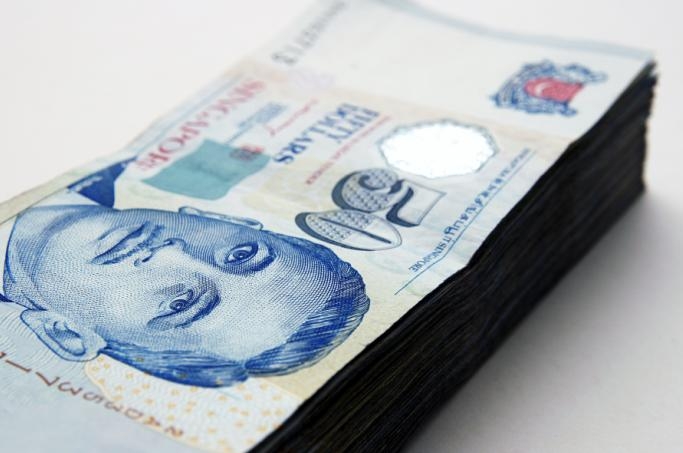
Currency Briefing - what you need to know for Mon April 30, 2012
Trading at $1.2386, the local currency continues to strengthen against the US dollar.
IG Markets Singapore said:
More investors are taking punts on the Singapore dollar as it continues to strengthen against the greenback.
The local currency now sits at a six-month high against the US dollar trading at $1.2386. It has again breached the key resistance level of $1.24 as bullish sentiment grows.
The Singapore dollar is to appreciate against the greenback as the Monetary Authority of Singapore (MAS) uses the currency to fight inflation.
Consumer prices continue to rise which may see the Singapore Dollar rise quicker against key currencies.
While a strong local dollar will help curb some price rises it won’t assist in bringing down the cost of labour, fuel prices and transportation.
The US dollar suffered a dip as GDP growth for quarter one came in below expectations questioning America’s economic recovery.
GFT meanwhile noted (for 27 April 2012 trading):
The British pound traded higher versus the dollar and the euro as the improvement in market sentiment was the catalyst behind the rally in risk assets. Despite the UK economy dipping back to recession, sterling is among the best performers this week maintaining its winning streak versus the greenback and reaching a 22 month high against the euro.
While official data showed on Wednesday that the British economy contracted in the first quarter, political instability and deterioration in other economies in the Eurozone increased the appeal of the British pound. Nevertheless, market participants remain at discord about the strength of recovery in the UK.
After Nationwide Index pointed to a surge in consumer confidence, Britons continued to be pessimistic in April according to the Gfk survey. The outlook for the next 12 months has turned gloomier for both personal financial situation and economic condition.
Last week, the Bank of England said in its published minutes that a wide range of business surveys pointed to a moderate underlying growth in H1 of 2012. With PMI data on the docket, the market could gain a better sense of the strength of recovery. As Prime Minister David Cameron reduced government spending amid more austerity measures, the health of the private sector could play an increasingly significant role in UK economy.
























 Advertise
Advertise






